Wild rats
Content
- Gray rat
- Black rat
- Turkestan rat
Every inhabitant of our planet knows about rats. Rodents are found in rural areas, urban buildings. They are annoying people in private houses, apartments of high-rise buildings. Wild rats periodically settle in human possessions, do not behave in the best way - they spoil furniture, destroy food stocks. Besides rats spread diseases. On the territory of our country lives 3 species of wild rats - grayor pasyuk blackTurkestan. For keeping at home they bring in a decorative Edwards rat. Photos of wild rats can be seen below.
Pasyuk
As wild rats look, even children know. Pests can often be found near the house, near garbage cans, in wet entrances. Private traders see rats in the garden, garden, outbuildings, barns, chicken coops.
Appearance
Pasyuk, he is a gray rat, the largest rodent among all the wild mouse-like in our area. What are the rats in size, interests many people. Because of the gray size of a dog-sized monsters are legends.
The body length without tail reaches 35 cm. The weight of an adult individual is from 400 to 500 g. According to some information, the biggest rat can weigh up to 0.900 kg. The tail takes 80% of body length. Rounded, barely noticeable ears, oblong muzzle, round eyes on the sides.
The coat is short, smooth. Coloring pasyukov differs depending on the place of residence. You can find a rodent gray, ocher, red. All of them belong to the same family of Pasyuk.
A rodent has 2 types of teeth:
- 12 pieces of molars, 3 on each side on both jaws;
- 4 incisors, a pair on each jaw.
Molars are cut from the first days of life, after 20 days there are incisors that continue to grow 50 days. Have a characteristic yellow color, durable enamel. The incisors predator sharpens hard objects, gnaws the bones of other animals.
Power Features
During the day, the rat needs to eat up to 50 g of various foods. Be sure to replenish the body with protein.
- What wild rats eat at home is understandable. They are practically omnivores. They eat grain, groats, vegetables, fruits, tree bark. They drag eggs, destroy chickens, kittens, puppies. They gnaw paper, cardboard, plastic, brick, wood, burlap, concrete structures.
- In the wild, the pasiuk hunts for small mammals, amphibians, mollusks, and fish. The wild rat can swim well, builds holes near water bodies. Although it prefers to be more on land. In the water, the pasyuk can swim for 70 hours, can dive, extracts its food at depth.
- Pasyuk ruins birds nests. She hunts for small rodents, in emergency situations, eats her relatives.The rat does not tolerate hunger. Without food, the animal dies on day 4. But nature has made sure that the animal is rarely left without food. Omnivore adapts to any conditions of existence. In the city it feeds on wastes, tears up weak dogs and cats.
- From plant foods eagerly eats everything. Prefers grain, juicy parts of the plant. The stock never rodent does. Lives in the present day.
On a note!
Gray rats do not overcome height well. Prefer solid hard surface underfoot. Satisfied with food, which is located at the foot. But to climb the high shelves of the locker in the house are capable.
Breeding
Pasyuki tolerate heat and cold. Everywhere find for themselves secluded places. Under favorable conditions, breed year round, reproduce 8 litters. In each of them about 10 rat pups. The pregnancy of the female lasts 24 days.
Behavior
Rodents are very aggressive creatures. Rats attack manfinding themselves cornered. They do not give up in battle with dogs and cats, leaving deep bites and scratches on their bodies. Rodents are able to bite a bedridden man, a sleepy child.If there are many pasyukas, they boldly rush at the enemy, large animals - a pig, a cow, a goat.
Methods of struggle
The extermination of rats is carried out in different ways, methods. Set traps rat traps, poison with poisonous substances, frighten off the smell of plants, strongly smelling substances. Difficulties often arise in connection with the ability of rodents to feel the danger, to bypass the bait side. Despite the bad rat eyesight, they have a good visual memory, developed mental activity. Having sat his fellowman in the trap, he will not repeat his mistakes. If the death of a congener after a certain food is detected, she will not touch it.
Interesting!
At one of the forums, the reader shared her impressions about rat hunting. Bred in the hen house, one of them was wounded with a pitchfork, left to pick up later. When they came for a rat, they saw an interesting picture - the other relatives tried to save her life, drag them away with them.
Black rats
These members of the mouse family are not as aggressive, inferior in size, superior in agility.
Appearance
The body of a black rat reaches the size of 22 cm. The adult individual weighs about 300 g. Rat's long tail about 30 cm thickly covered with hairs. The ears are somewhat wider and larger than those of the Pasyuk, the muzzle is sharper. The color of the rat is diverse - from black, brown, to gray. The sides are always lighter, down to white.
Habitats
The heat-loving being prefers to settle closer to the person. In his domain, the rodent finds heat, water, food. The ability to active resettlement is much lower than that of Pasyuk. Usually distributed by force - transported with food products in transport. Prefer watercraft, ships.
Interesting!
In the old days, when roofs were made from straw, black rats built nests there. Another name for this type of rodent is the roofing rat. They are rarely found in sewers, as they are always in the minority and become prey for the Pasyuk.
It does not dig holes in the ground, builds a dwelling in hollows of trees, builds nests from branches, like birds.
Behavior
The black rat is nocturnal, prefers to climb trees, roam the grass. Poor swims, afraid of water. At the sight of danger trying to quickly escape. Does not enter into a fight with cats, dogs, does not attack a person.
They live in large flocks, in which a hierarchy is established with a male ringleader and three dominant females. In the pack live adult individuals, young.
Breeding
Heat-loving creatures do not reproduce so actively. In the year they reproduce 3 litters. Each has about 11 cubs. Reproduction peaks at the end of summer, beginning of autumn. Pregnancy lasts from 20 to 30 days.
Adults always take care of their young, and even after they mature they stick together. Rat rats become independent after a month, sexually mature after 3-5 months. In the wild, a black rat lives only a year. The mortality rate is 95%. At home, can live up to 4 years.
Power Features
Predator black rat can not be called. Rodent prefers plant food. Satisfied with small - nuts, roots, roots, bark, groats, cereals. Protein food is not as important as for a gray rat. It can eat invertebrates - worms, beetles, snails, caterpillars.
Pest control
Black rats are able to destroy crops of grain, stocks in barns. Pest control uses similar methods.To get rid of black rats is much easier than from pasyuk.
Turkestan rat
It is a cross between a pasyuk, a black rat. It is found in the wild, found in homes.
Appearance
The length of the body reaches 23 cm, weight - about 300 g. The tail is almost equal to the size of the body - 21 cm. The muzzle is dull, wide, like in a pasyuk. Ears well pronounced, round, like those of a black rat. The color of the upper body is red, brown, ocher, brown, gray. On the sides of the body, the hairs are longer with a whitish base, brown tips.
Habitats
The largest accumulation of rats can be found in the highlands in deciduous forests. Prefers nuts, fruit trees. Settles in the bushes, wood embankments, rocky ledges, exits to the river. With the onset of cold weather sneaks into private houses of people, high-rise buildings. Turkestan rat often settles in barns, mills, warehouses.
They like to make nests in narrow gaps between the ceiling and roof, periodically they put out muzzles from there, run around the attic at night. Make holes in the clay floor. In the wild nature lives in hollows, burrows of other animals, caves, under stones.
Power Features
Rat prefers plant food. It feeds on juicy parts of plants, seeds, seeds, nuts, bulbs, fruits, gnaws the bark of trees. Can eat birds eggs, chicks. Leads nocturnal. He tries not to appear to people in the eyes. Unlike other representatives of the species, it makes significant reserves for the winter. About 14 kg of nuts and 7 kg of apples were found in rats' storages.
Breeding
Turkestan rat breeds in the warm season. Under natural conditions brings 4 litters of 8 young. In winter, fertility decreases.
Behavior
Rodents are not aggressive. They prefer to flee rather than engage in battle with the enemy. Behave very carefully. With abundant food in the wild, they are not interested in human possessions; they themselves leave home with the onset of heat.
Wrestling
Rodents cause great damage to gardening. Well climb trees, gnaw bark, young shoots, fruits. During the season they are able to destroy about 25% of the nut harvest. To exterminate pests use traps, traps, poison for rats, folk methods.
The most unpleasant, dangerous wild rat is the pasyk.She feels great in any conditions, has a brutal appetite, aggressive disposition. Numerous army is difficult to exterminate, difficult to expel.

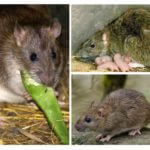
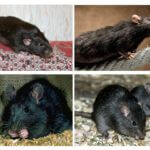
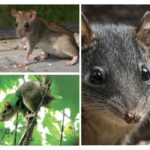
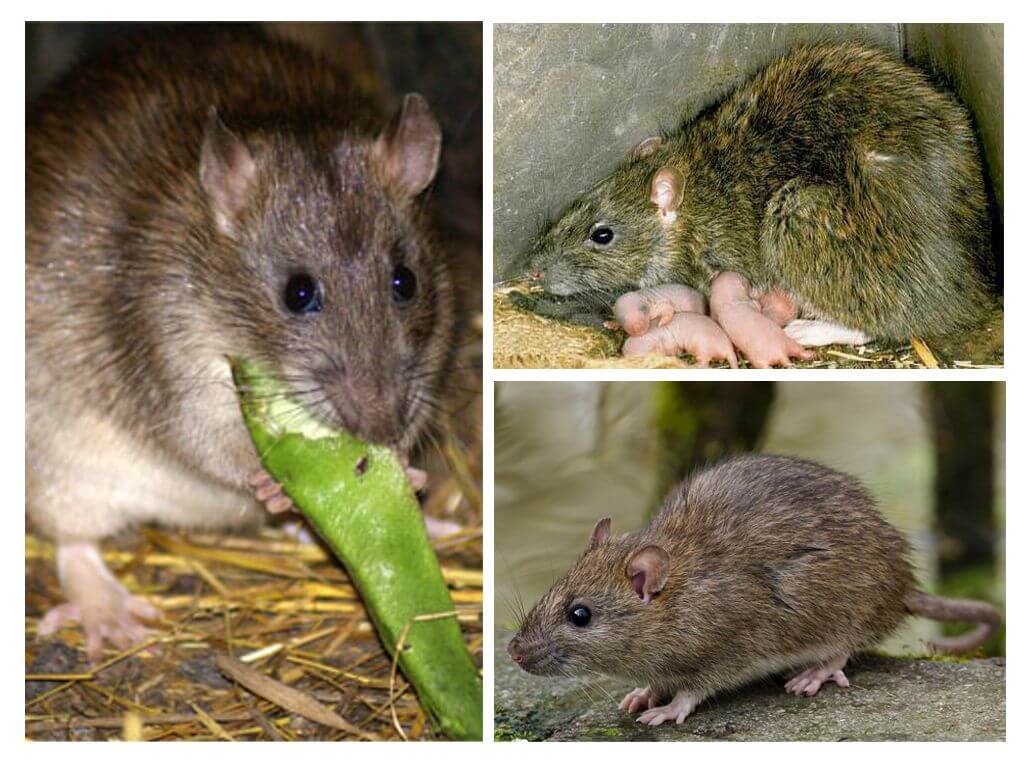
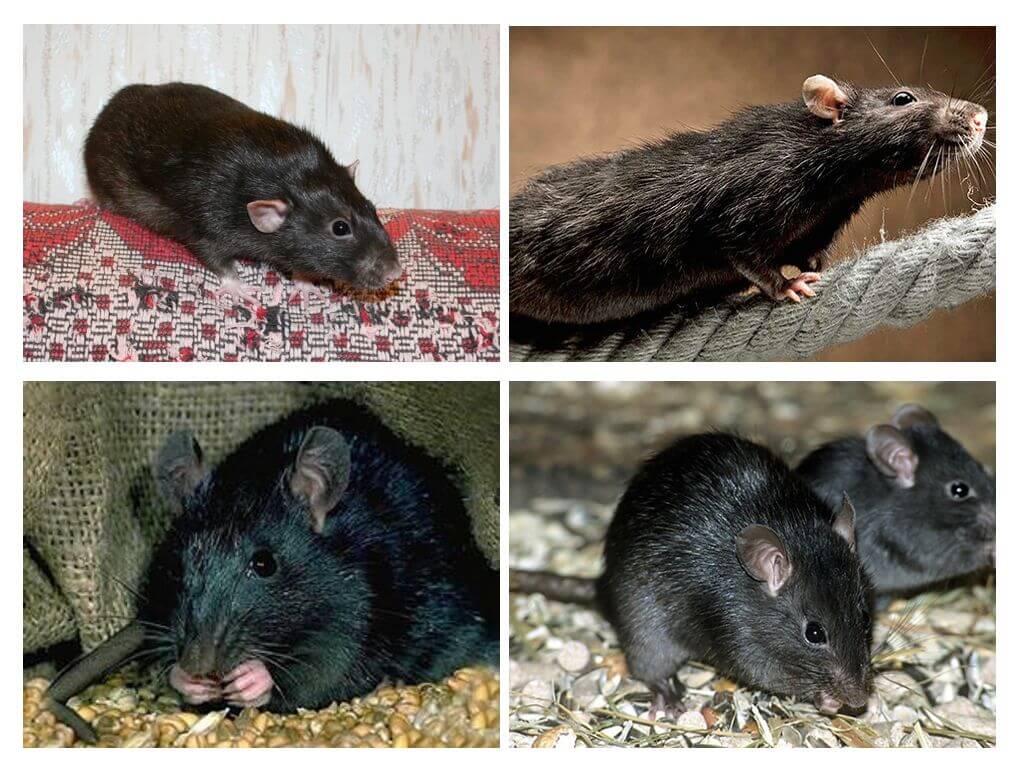
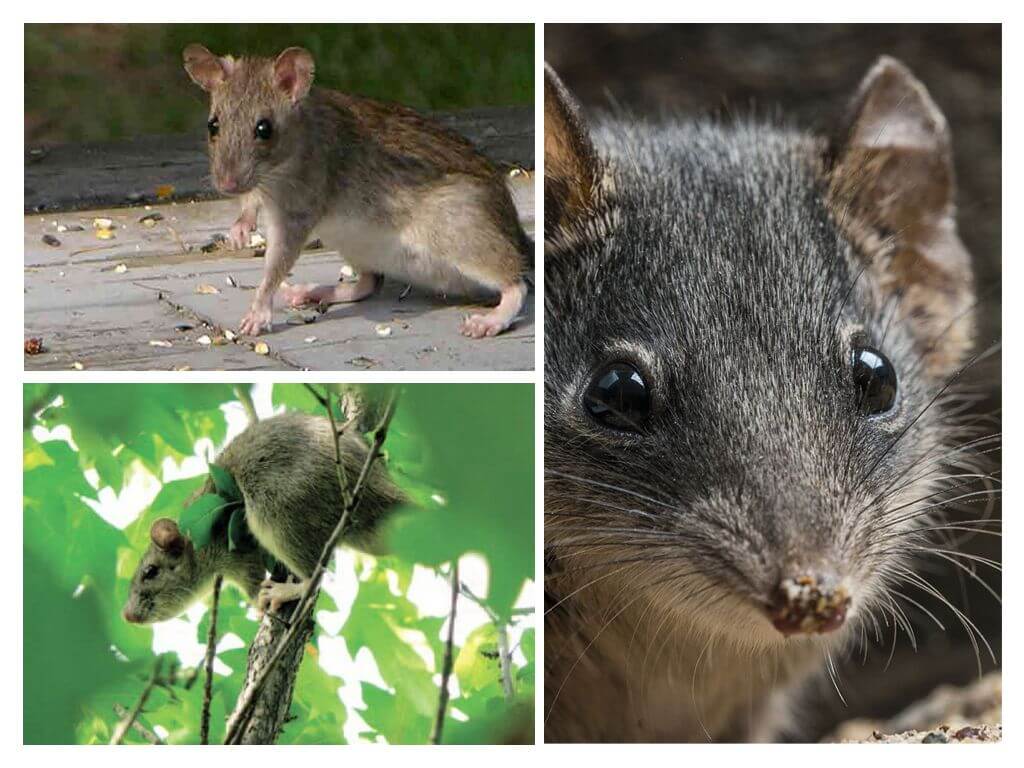


 (votes: 3, Average rating: 3.67 out of 5)
(votes: 3, Average rating: 3.67 out of 5)


